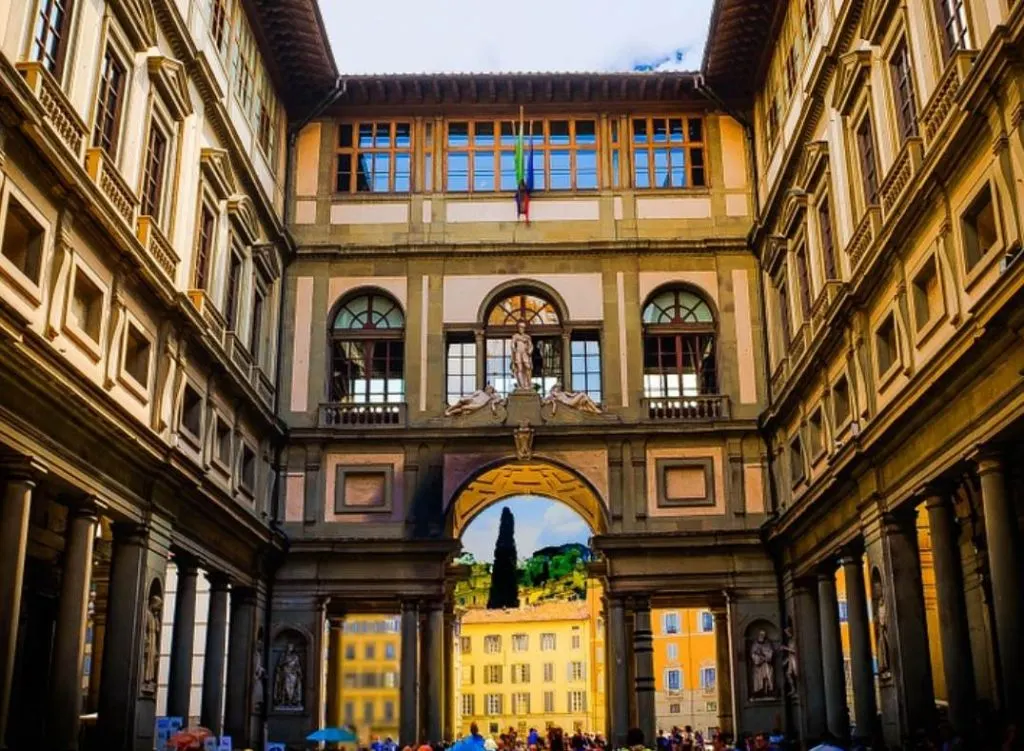The early 14th century was an exciting time in the history of art and culture in Europe in general. A sense of naturalism emerged that revived the ideals of Classical antiquity.
Many Gothic artworks produced during this era already showed signs of this transformation that would develop into the Renaissance, including the one described in this article.
Let’s take a closer look at some of the most interesting facts about Madonna Enthroned by Giotto di Bondone (1267-1337), a painting that also goes by the name of “Ognissanti Madonna.”
1. It was completed at the height of Giotto’s career in the early 14th century
Giotto di Bondone was a Gothic artist who lived during an era when the stiff medieval artform was being replaced with a type of art that was a lot more realistic.
Although he was still heavily influenced by Byzantine art, he was one of the first Italian artists to integrate a sense of naturalism that was unseen during the Middle Ages.
His revolutionary new approach earned him a lot of commissions in the late 13th and early 14th centuries, including for this painting titled Madonna Enthroned.
Although he was born in Florence and spent a lot of his time in his native city, he also traveled and worked in other Italian cities.
He completed this remarkable painting in 1310, a period in which he was already one of the most sought-after artists in the region.
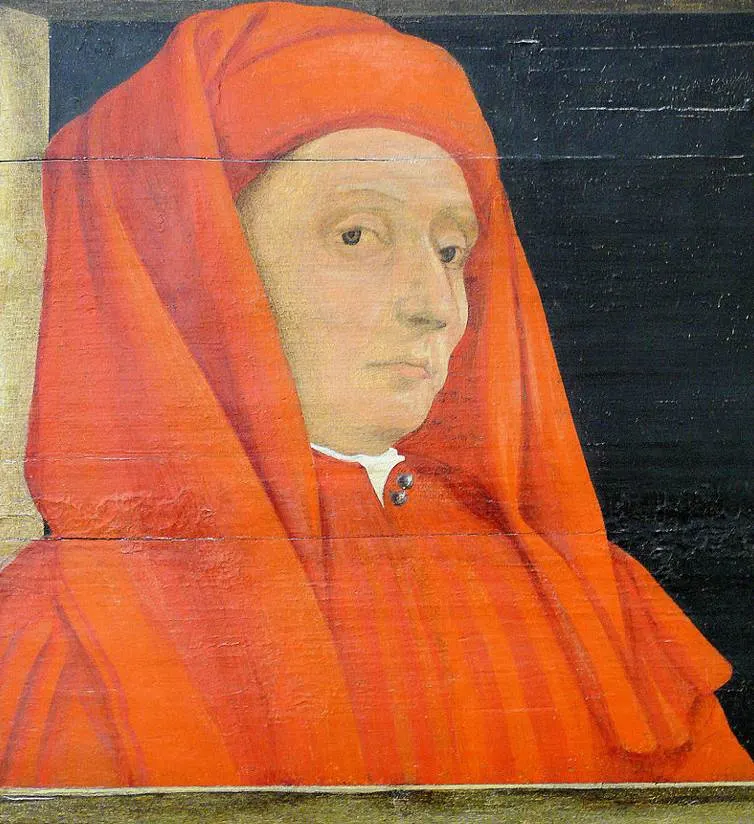
2. It depicts the Virgin Mary and the Baby Jesus in a particular position
The painting depicts the Virgin Mary who is sitting on an elaborately decorated throne with her Baby Jesus on her lap. They are surrounded by adoring saints and angels.

This type of depiction was very popular during the Late Middle Ages and is referred to as a “Maestà” which is the Italian word for “Majesty.”
This type f painting refers to both the Virgin Mary and her Baby Jesus who are accompanied by angels and saints.
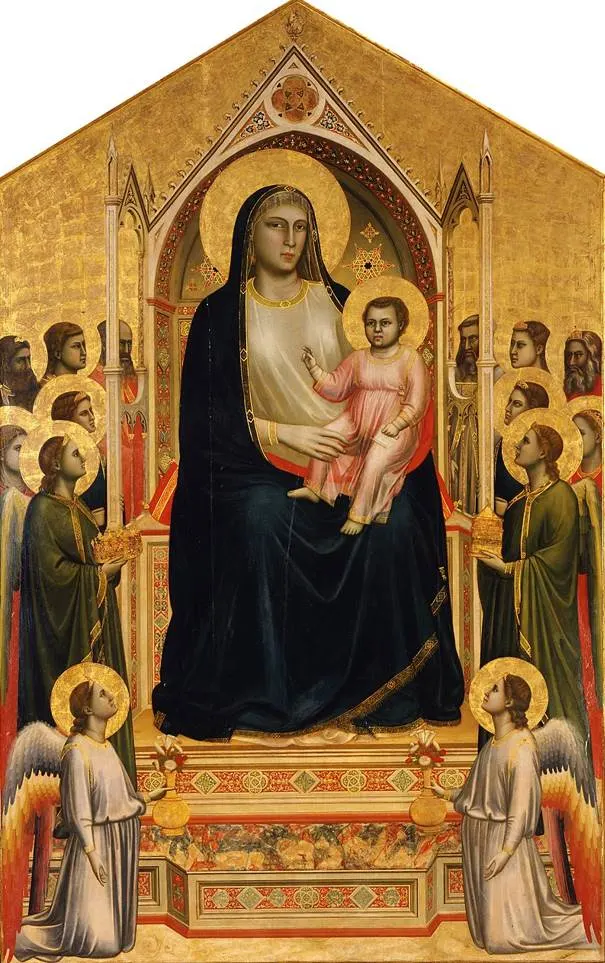
3. It’s a perfect example of Italo-Byzantine art produced during the Proto-Renaissance
The gold ground and gold decorations of the painting are typical for Italo-Byzantine artworks that were produced during the era referred to as the proto-Renaissance.
The influence of Byzantine art in this work can’t be denied because the figures still look very stiff. The representation of the Baby Jesus is pretty unrealistic as well.
The immense dimensions of the Madonna and her child who pretty much dwarf the saints and angels nearby are also unrealistic and a typical feature of Gothic art.
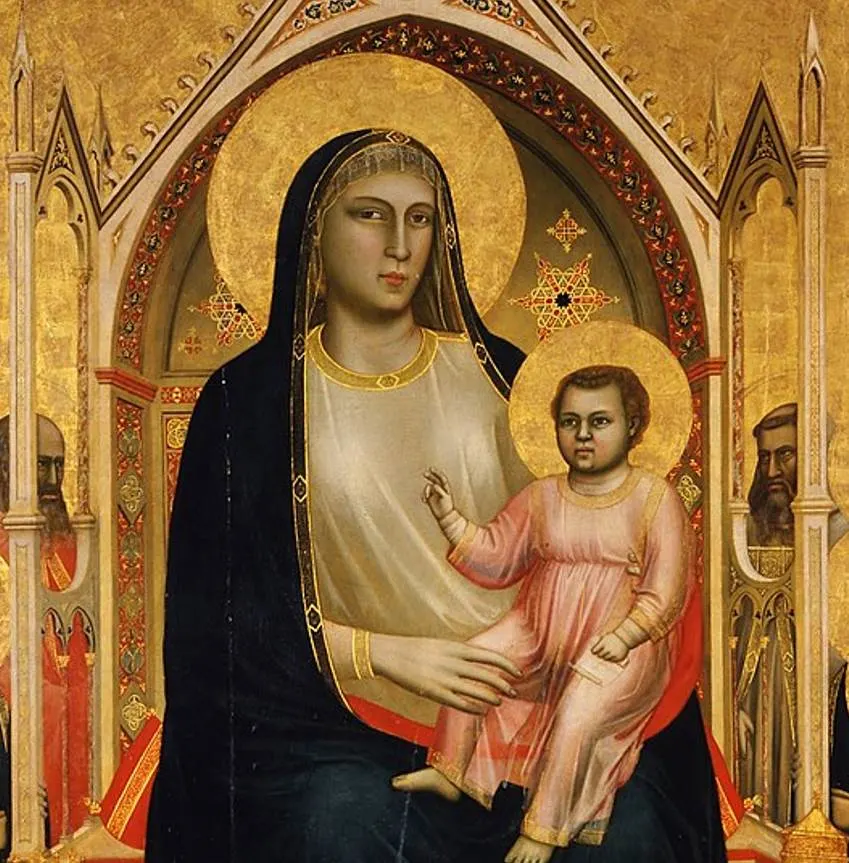
4. Giotto was probably inspired by contemporary Italian sculptors
Byzantine art wasn’t the only influence for Giotto when he completed this amazing painting. The way in which he produced a three-dimensional image is a glimpse into the future of Renaissance painting.
The straightened lines of Byzantine art which resulted in a two-dimensional work were replaced by shadow effects. This becomes especially clear when we take a closer look a the fabric worn by the figures.
The expression of the figures and their composition as inspired by sculptures produced by Giotto’s contemporaries such as Nicola and Giovanni Pisano.
They were in turn influenced by both Northern Gothic and Ancient Roman sculptors.

5. It’s the only painting that can be positively credited to Giotto
One of the most interesting facts about Madonna Enthroned is that it’s the only painting by Giotto that can be positively attributed to the artist.
That’s because there are several documents from Florence that mention the artist’s financial activities. These were traced back to the period between 1314 and 1327.
Equally remarkable is the fact that the commission of the painting itself is undocumented. Because of several references, it can be positively attributed to the artist.
Although he was considered to be one of the most renowned painters of his time, Gotto’s most famous work is one of the most amazing landmarks in Florence.
I’m of course referring to the free-standing bell tower known as Giotto’s campanile, right next to the amazing Florence Cathedral.

6. It was commissioned to decorate the church of an obscure confraternity in Florence
Madonna Enthroned is also known as the Ognissanti Madonna and that’s a reference to the church it initially decorated.
The Ognissanti Church is located in the heart of Florence and was originally completed in the 1250s. It was completely rebuilt in the 17th century in the Baroque architectural style.
This church was constructed by a rather obscure confraternity known as the Humiliati. They commissioned several paintings to decorate this church, including Giotto’s masterpiece.
Until today, it remains unknown to which area of the church it was commissioned. If it was for the main altar it would have been only visible to members of the Confraternity.
If it was intended to decorate the choir screen, everybody who entered the building could have admired it.
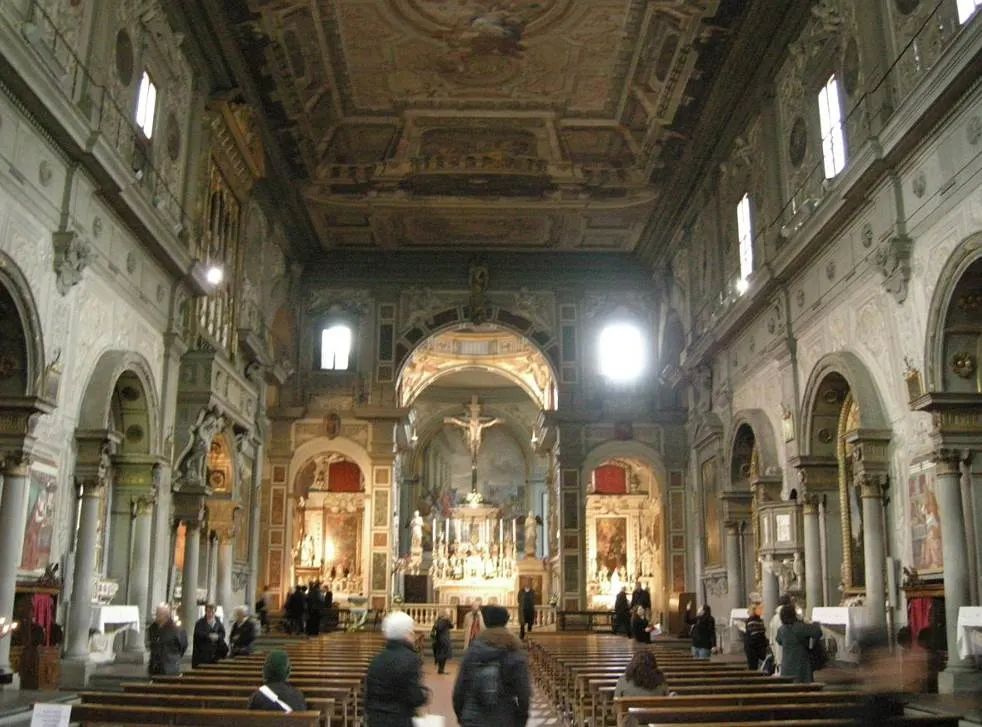
7. How big is Madonna Enthroned by Giotto di Bondone?
Because of the vast open space of the church, this painting had to be quite big to stand out. That’s why it’s a fairly large painting.
Madonna Enthroned by Giotto di Bondone is a tempera on panel painting that has dimensions of 325 × 204 centimeters (128 × 80 inches).

8. Where is the painting located today?
Around the same time, Giotto painted another work of the Ognissanti Church titled “Dormition of the Virgin.” This painting is now part of the collection of the Gemäldegalerie in Berlin.
Madonna Enthroned never left Florence and it’s now part of the collection of the Uffizi Gallery, the most famous art museum in the city.
